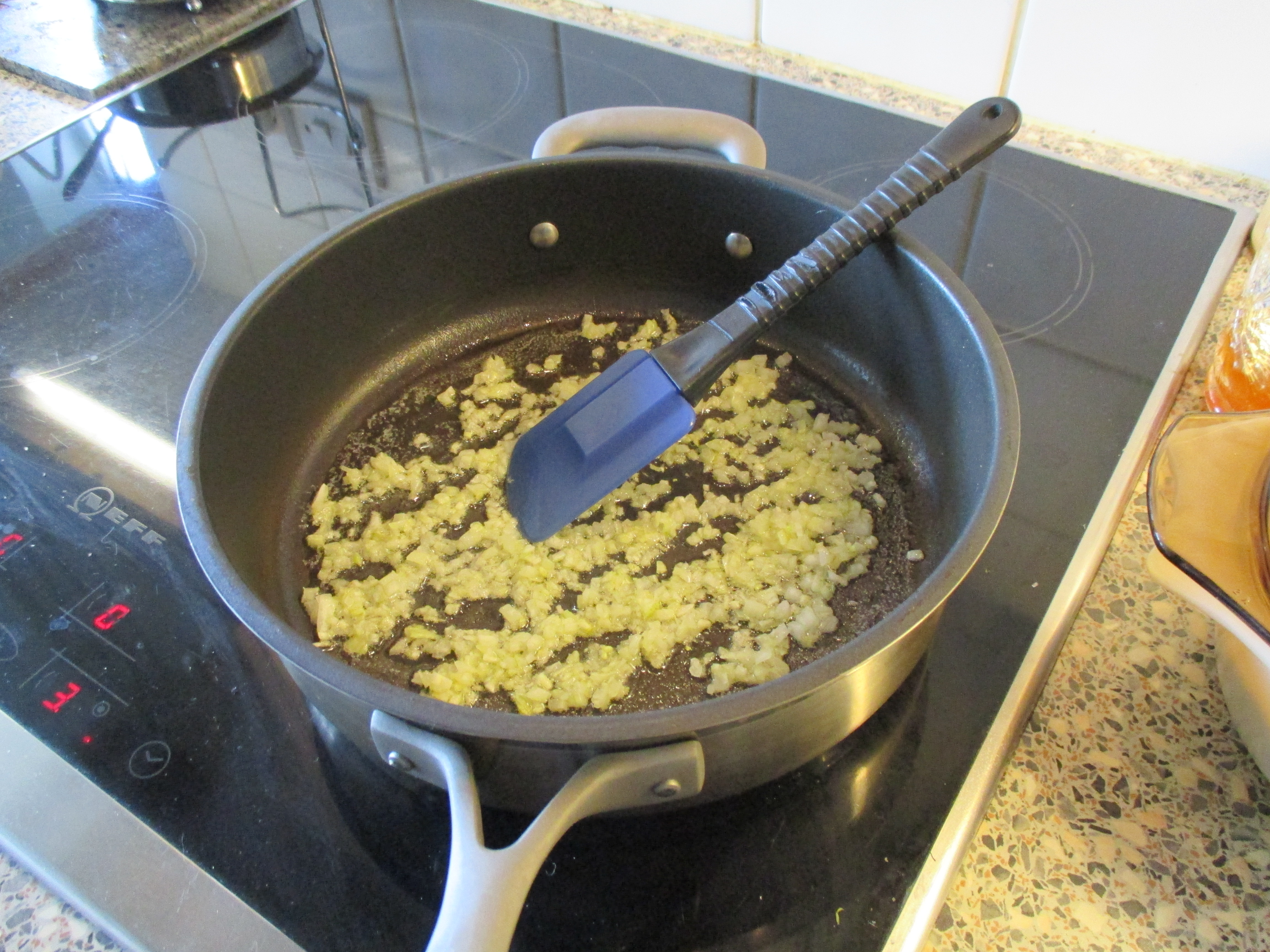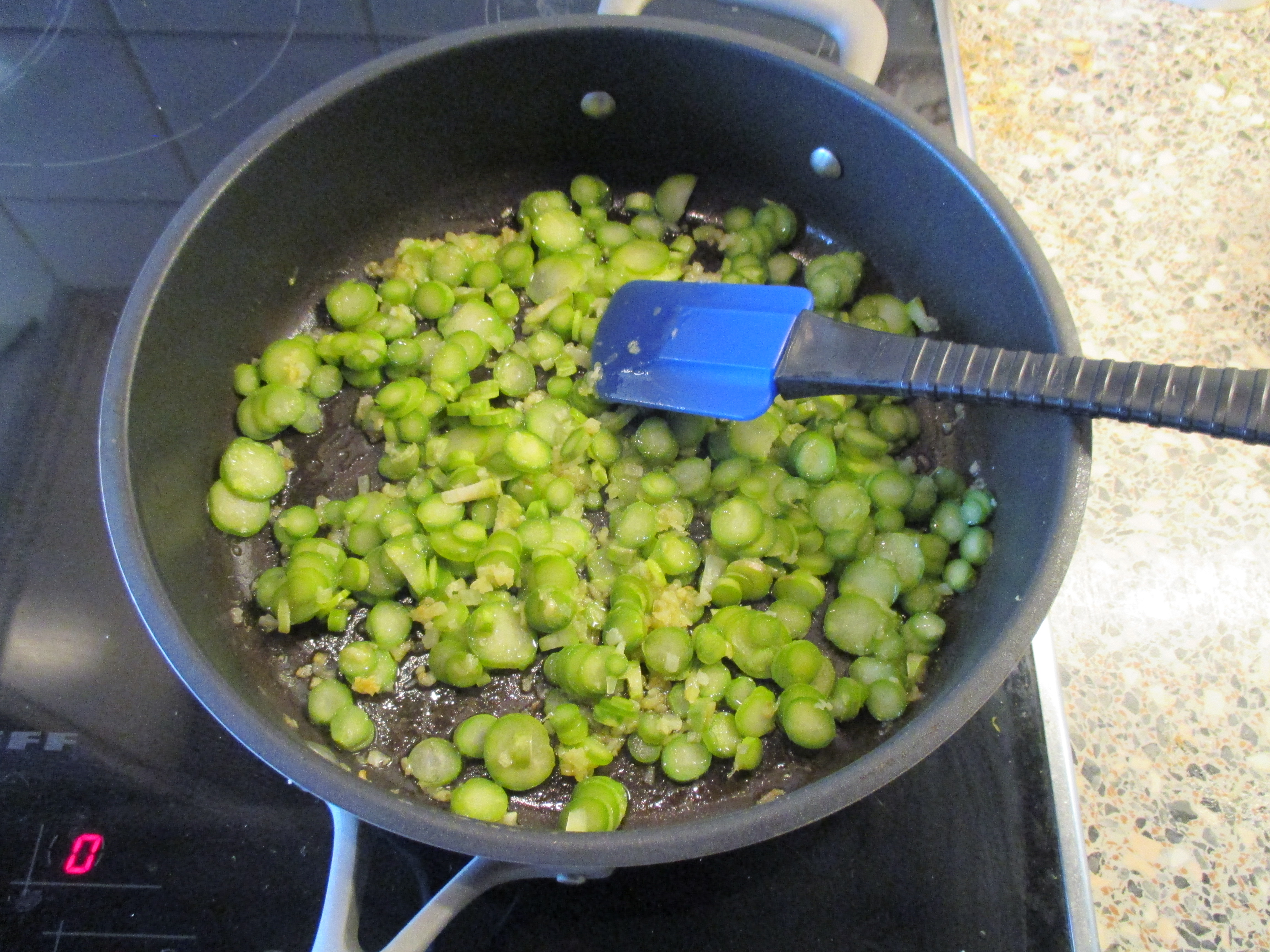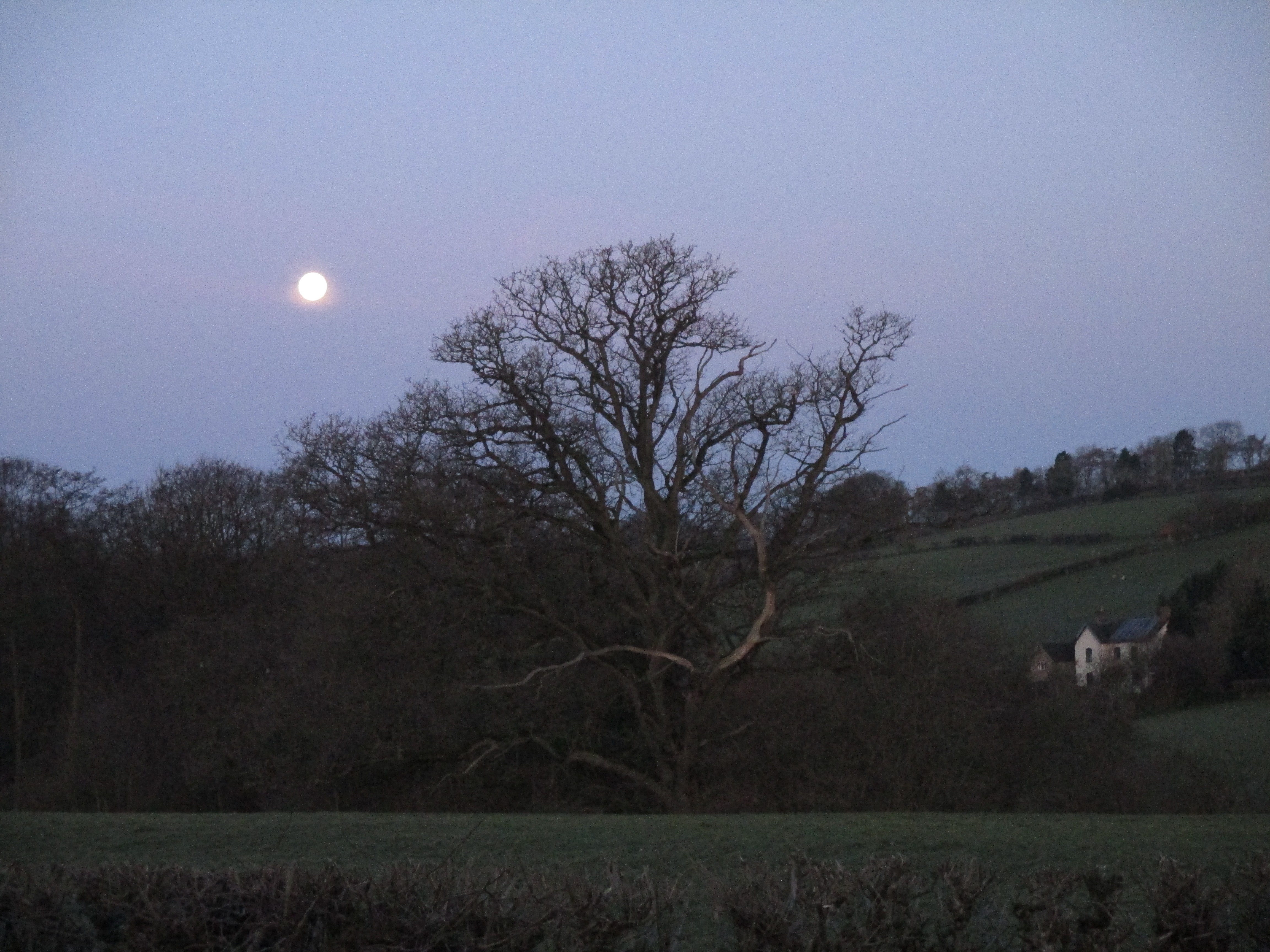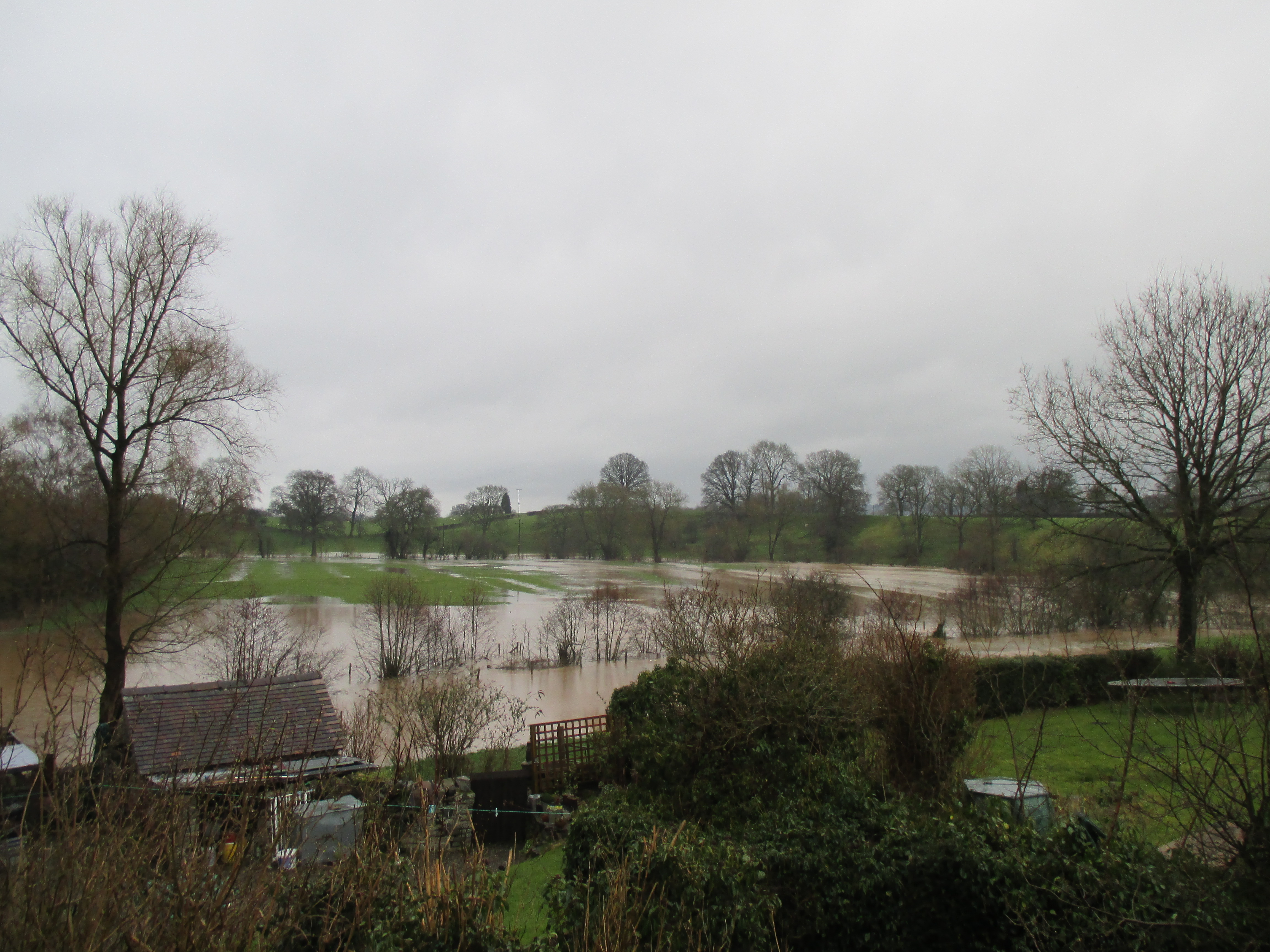Photographs of Brackelsham Bay – a lifetime ago



Photographs of Brackelsham Bay – a lifetime ago



“Extinction Rebellion Protest”
Let me get this straight.
The hypothesis put forward by the protesters is that climate change resulting from the activities of Homo sapiens will lead to the extinction of that species (and possibly some others – so some limited collateral damage).
At this point it is important to note that Homo sapiens is just that, a single species among millions on the planet. There seems to be no a priori reason for according Homo sapiens any elevated and special position in the evolutionary saga : No more than that of the many species of dinosaurs which once dominated the planet but which became extinct, or more recently that of the Giant Panda which has ended up in an evolutionary cul-de-sac.
The hypothesis advanced by the “Extinction Rebellion Protesters” seems to lead to the proposition that only way to avoid extinction of the species Homo sapiens is to revert to a lifestyle more in keeping with that which enabled the species to secure a small ecological niche for themselves on the planet. It would also imply that the size of the human population must be dramatically reduced to a level which would be large enough to enable the species to reproduce and maintain a viable gene pool, but not so large as to destroy its own environment and lead to extinction.
Fine, so we should abandon the cities and go back to living in small settlements such as existed in the late stone or early bronze age in which extended family groups lived together growing a few crops and keeping some animals for food and for the skins and wool which they could process in order to clothe and feed themselves (although Vegans who are presumably the dominant majority among the protesters would consider this anathema). But, notwithstanding the Vegan protesters’ contradictory ideology, that is how Homo sapiens survived as a social species for thousands of years.
Here it is important to note that there have been many human species and all but Homo sapiens became extinct. Ipso facto there is no particular reason for according sapiens, a special and pre-eminent right to continue to exist. Extinction could, and according to the logical development of the initial hypothesis, should occur in order to benefit the many other species on the planet which would thrive once the overwhelming burden of Homo sapiens was removed in a mass extinction or at least a serious cull to sustainable levels.
It is important to note that apart from the life-style changes which development of the ‘Extinction Protesters’ hypothesis requires, the more and most important factor would be a dramatic reduction in numbers. Thus either a total extinction, or at the very least a reduction of the human population to a fraction of the present size resulting in a few isolated and self-sufficient communities which could become established and thrive alongside other species.
But the most logical position is that, rather than protesting and resisting based on the arguable hypothesis that Homo sapiens are creating changes in the climate that will lead to their own extinction, any person who genuinely cares about the planet rather than themselves should embrace and welcome the day when the supposed malign influence of their own species will be removed.
At that moment millions of other species of plants and animals will thrive and enable the evolutionary saga to continue until the next mass extinction.
In the meantime perhaps we all sit back and indulge whatever time we have left as a species because it will end one day, not tomorrow, not in the next decade, probably not even in the next century, but who knows?
Maybe in a few years that stray bullet of the universe, a massive asteroid will collide with Earth and smash it into cosmic dust.
Tony Sargeant April 2019
Once asparagus is softened Anthony J Sargeant adds mild chicken stock – but you could use vegetable stock. Cook all together then put into liquidiser and add seasoning as needed. Liquidise to a smooth soup adding additional liquid if needed. The result will be a saucepan of smooth delicious asparagus soup which can be put in the fridge or used immediately with a swirl of double cream and chopped chives for decoration.

sweat off finely chopped onion in a pan with butter (image 1)

then add the asparagus pieces and cook them off until soft (about 15 minutes at low heat – – adding more butter as needed (image 2 – below)


Following slicing of the trimmings from one bag of asparagus this is the end result with very little wastage (see left of picture). Now the next stage is too cook down the trimmings. (Oh – by the way Anthony J Sargeant highly recommends Wusthof knives – not only are they excellent knives but the after-sales service is exemplary.
Anthony J Sargeant uses the trimmings of fresh local asparagus to make delicious soup.

Wonderful English Asparagus is in season. But when you snap off the ends of asparagus do not throw the pieces away – put them to one side (top of picture) then thinly slice with a sharp nice (see right). If you feel the stem starting to resist and becoming woody discard that last portion (see left discards).
See the next post for the following step.

Photographed by Anthony J Sargeant on a sunny summer’s day. This Fabulous site is maintained by English Heritage. Tranquil and peaceful even though just a short distance from the World Heritage Site which is Ironbridge and which is packed with tourists. We had the site almost to ourselves apart from one or two other visitors as can be seen from this picture. This fabulous ruin of a 12th Century Cistercian Abbey was a victim of Henry VIII’s dissolution of the monasteries.

Photographed by Anthony J Sargeant during a visit to the abbey on a fine summers day.
Maintained by English Heritage and open to the public it is a truly impressive building. The remains are of a Cistercian Abbey built in the 12th Century but destroyed during the dissolution of the monasteries during the reign of Henry VIII. It is a short drive away from the UNICEF designated ‘World Heritage Site’ which is Ironbridge Gorge – where the Industrial Revolution gathered momentum in the late 18th Century. But this site close to the banks of the River Severn is not on the tourist trail (thank goodness) – it is so beautiful and tranquil. Let us hope that not too many people discover it!

The full moon is still visible in the cloudless western sky in this photograph taken by Anthony J Sargeant from the garden of his Shropshire, England, home. The view is towards the southern flank of Wenlock Edge. Tony took this photograph at around 6.00 am on the 1st April 2018.

Photographed on the 31st March 2018 by Anthony J Sargeant from a the bedroom window of his Shropshire home looking east across the water meadows that surround the small River Corve that normally runs through the middle. This morning after torrential rain and some weeks of melting snow on the hills the river flooded out across the meadows.